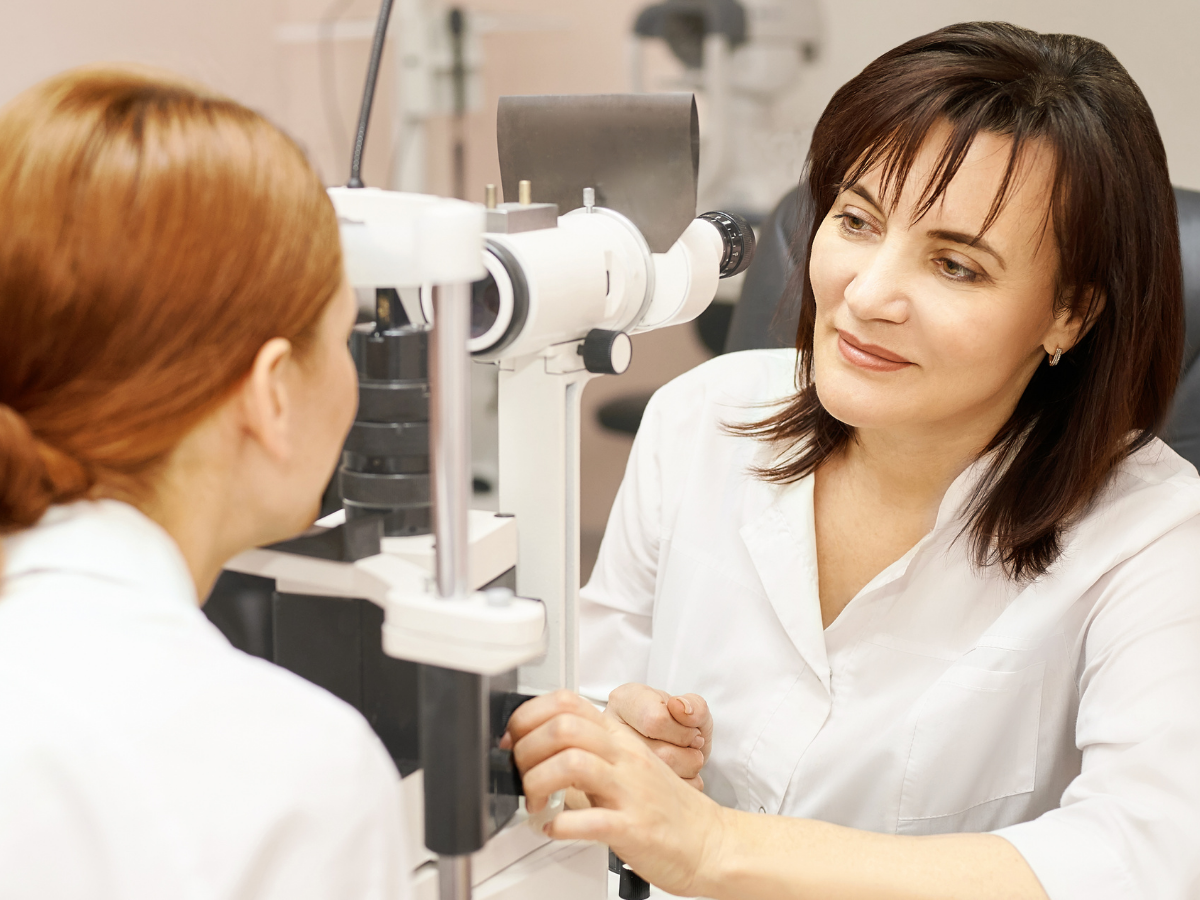

For millions of Americans living with diabetes, protecting vision is one of the most crucial aspects of long-term health management. Regular diabetic eye exam appointments are not simply routine checkups—they are essential medical evaluations that can detect early warning signs of sight-threatening complications. Clinics like Mogadore Eye Care are leading the way in providing evidence-based diabetic eye care, combining clinical research with advanced imaging technology to safeguard patients’ vision and overall well-being.
Diabetes affects how the body processes glucose, and over time, elevated blood sugar levels can damage the delicate blood vessels in the retina—the part of the eye responsible for sensing light and creating visual images. This condition, known as diabetic retinopathy, remains one of the leading causes of preventable blindness in adults. However, through research-driven practices and proactive screenings, early detection can prevent or significantly slow disease progression.
Vision science has made remarkable strides in understanding how diabetes impacts the eyes. The retina is densely packed with tiny capillaries that are highly sensitive to fluctuations in blood sugar levels. When glucose levels remain elevated, these vessels can weaken, leak, or close off completely, restricting oxygen supply and leading to retinal swelling or the growth of abnormal blood vessels.
Medical research, including studies published by the National Eye Institute, has shown that early intervention through routine diabetic eye exams can reduce the risk of vision loss by more than 90%. This finding underscores the importance of consistent screenings—especially since diabetic eye disease often develops silently, without symptoms in its initial stages.
A diabetic eye exam is not the same as a standard vision check. It involves advanced diagnostic imaging to assess retinal health at the microscopic level. Tools such as Optical Coherence Tomography (OCT) and digital retinal photography allow optometrists to detect even the slightest vascular or structural abnormalities in the eye.
At Mogadore Eye Care, optometrists use these technologies to create a comprehensive picture of ocular health. This enables early detection of conditions such as:
These conditions can often be prevented or managed effectively through early detection and timely intervention. This research-based approach allows patients to preserve their vision while also improving their long-term health outcomes.
Ocular health is closely tied to overall metabolic stability. According to research published in the journal Diabetes Care, patients who maintain optimal blood sugar, blood pressure, and cholesterol levels dramatically reduce their risk of developing diabetic retinopathy. This finding reinforces the importance of a multidisciplinary approach to care—where eye doctors, primary physicians, and endocrinologists collaborate to ensure holistic patient management.
At Mogadore Eye Care, this collaborative model is central to their philosophy. Their optometrists work closely with patients’ healthcare teams to provide a continuum of care that goes beyond vision correction, focusing on prevention through education and evidence-based decision-making.
Modern optometry has transformed thanks to innovations in imaging and diagnostic research. OCT technology, for example, creates high-resolution cross-sectional images of the retina, allowing clinicians to visualize individual retinal layers and detect microscopic changes long before they affect vision. Fluorescein angiography, another advanced diagnostic technique, uses a dye to illuminate blood vessels in the retina and identify blockages or leaks.
These innovations not only enhance diagnostic accuracy but also improve patient education. At Mogadore Eye Care, patients can see detailed images of their own eyes—helping them understand their condition and the importance of ongoing monitoring. This visual approach to education empowers patients to take an active role in managing their health, which research shows leads to better long-term outcomes.
The link between research and clinical care has never been stronger. Over the past two decades, large-scale studies such as the Diabetes Control and Complications Trial (DCCT) and the UK Prospective Diabetes Study (UKPDS) have provided valuable data that guides how optometrists and ophthalmologists approach diabetic eye care today. These studies established that tight glycemic control and regular diabetic eye exams are the most effective strategies for preventing vision loss among diabetic patients.
Mogadore Eye Care integrates these findings into its clinical protocols. Every exam is tailored to the individual’s risk profile, considering factors such as the duration of diabetes, type (Type 1 or Type 2), and coexisting health conditions. This evidence-based methodology ensures that care decisions are always grounded in the latest scientific knowledge.
One of the most profound insights from vision science is that diabetic retinopathy can often be reversed or stabilized when detected early. Treatments such as laser photocoagulation, anti-VEGF injections, and corticosteroid therapies have been shown to halt disease progression effectively. However, these treatments are most effective only when the condition is caught before significant damage occurs—further underscoring the need for regular exams.
For this reason, major health organizations like the American Academy of Ophthalmology recommend that individuals with diabetes receive a comprehensive eye exam at least once a year. Patients diagnosed with early signs of retinopathy may need more frequent visits for monitoring and treatment adjustments.
Artificial intelligence (AI) is revolutionizing diabetic eye care by enabling faster and more accurate screening. AI-powered imaging systems can analyze retinal photographs in seconds, detecting early signs of disease with accuracy comparable to human specialists. This technology is particularly promising for rural or underserved communities, where access to eye care may be limited.
By incorporating such research-backed innovations, clinics like Mogadore Eye Care are not only improving diagnostic efficiency but also expanding accessibility—ensuring more patients receive timely, life-changing screenings.
The implications of diabetic eye care extend beyond individual health. Vision impairment caused by diabetes has significant social and economic costs, including loss of productivity, reduced independence, and increased healthcare expenses. Preventive strategies—anchored in routine diabetic eye exams and research-guided treatment—offer both personal and societal benefits.
According to data from the Centers for Disease Control and Prevention, early detection and management of diabetic eye disease could save the U.S. healthcare system billions annually. These findings highlight the critical importance of making preventive eye care a standard component of diabetes management nationwide.
Science shows that patient education is one of the most effective tools in combating diabetic vision loss. When patients understand how diabetes affects their eyes—and how consistent monitoring can prevent damage—they’re far more likely to adhere to annual exams and treatment plans.
At Mogadore Eye Care, patient education is central to their mission. By explaining research findings in clear, relatable terms, their optometrists empower patients to make informed decisions about their health. This fusion of science, compassion, and communication defines what modern optometry should be: informed, proactive, and personalized.
In the ongoing fight against diabetic vision loss, early detection and research-driven care are the most powerful tools available. For anyone managing diabetes, scheduling a diabetic eye exam at Mogadore Eye Care is a vital step toward preserving sight and protecting long-term health. Their commitment to evidence-based medicine, technological innovation, and patient education makes them a trusted leader in preventive vision care.
As the field of optometry continues to evolve, the intersection of science and compassion will remain key. With ongoing research, smarter technology, and dedicated professionals, the future of diabetic eye care looks clearer than ever—both literally and scientifically.







